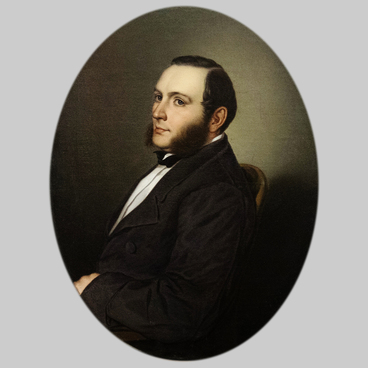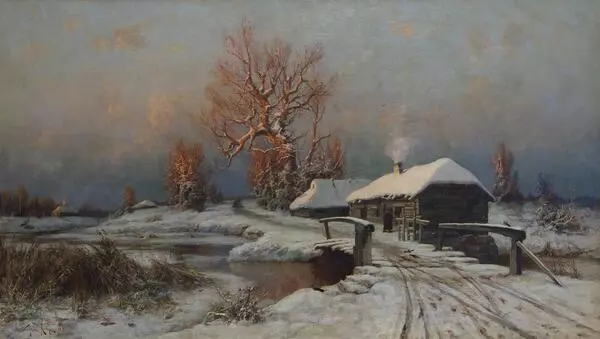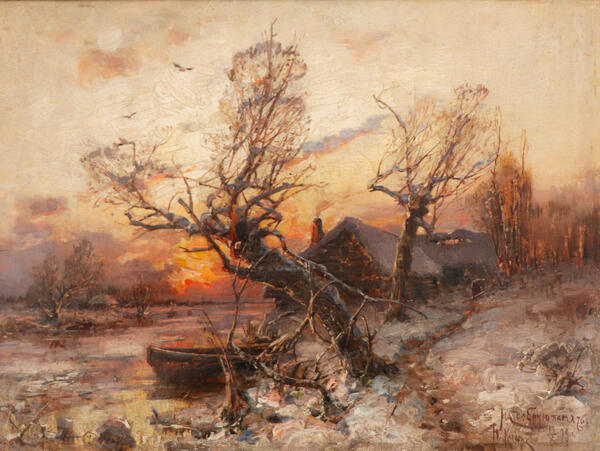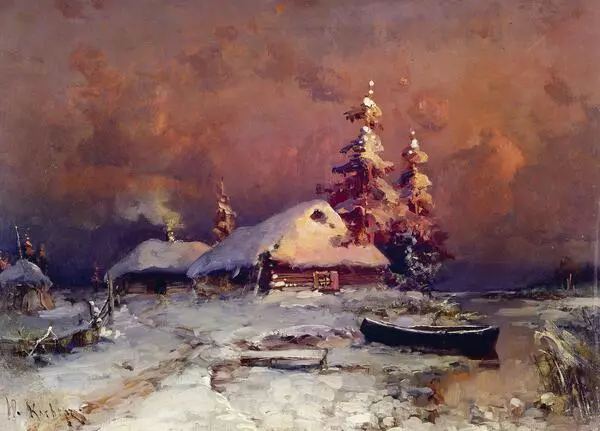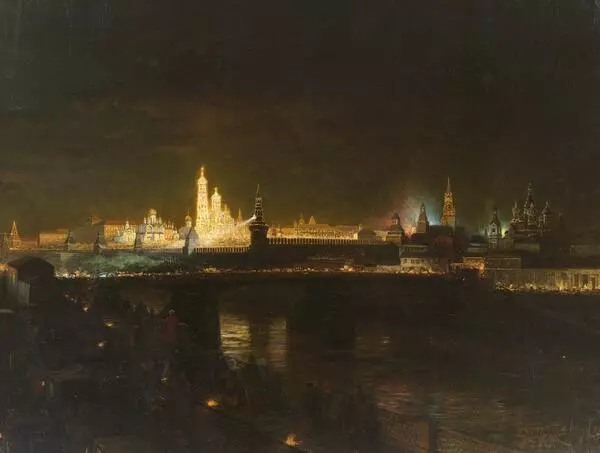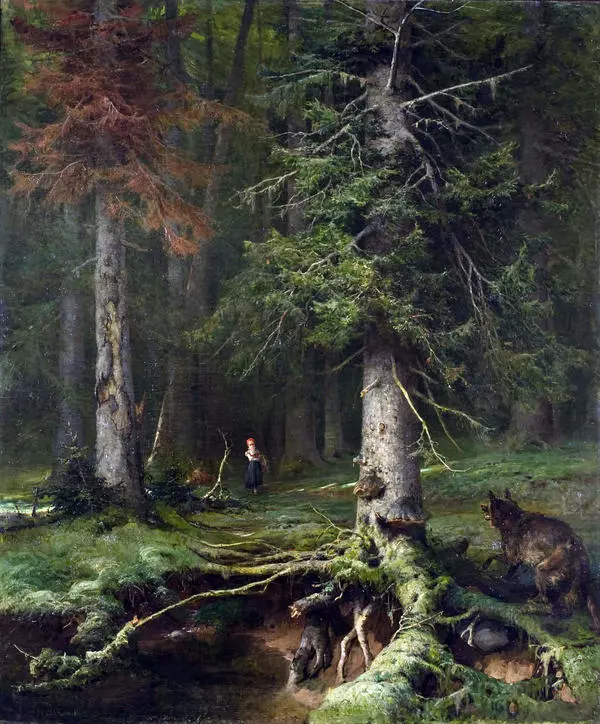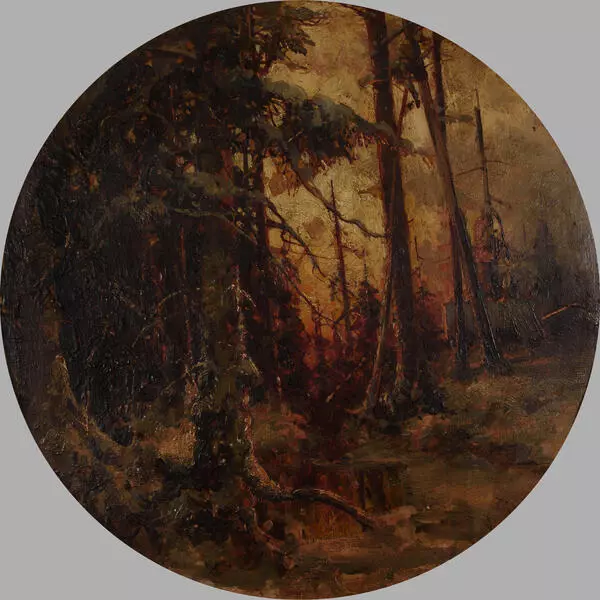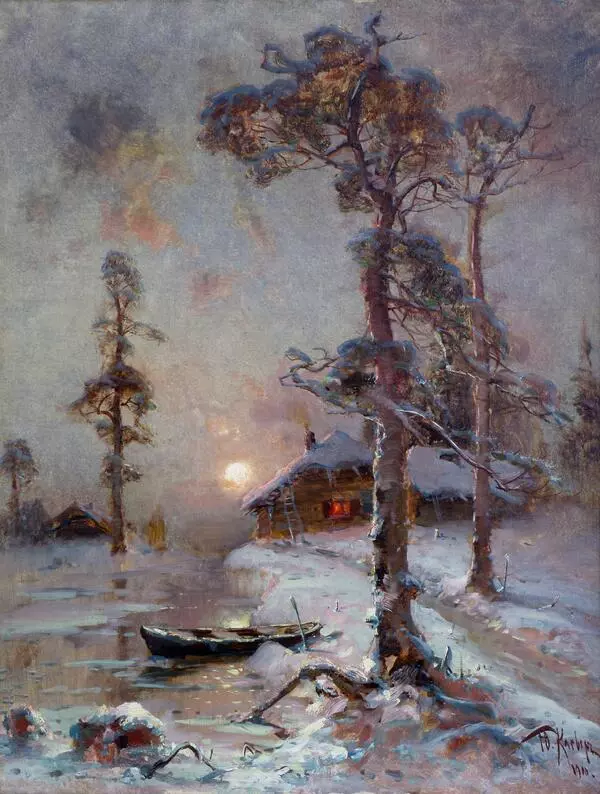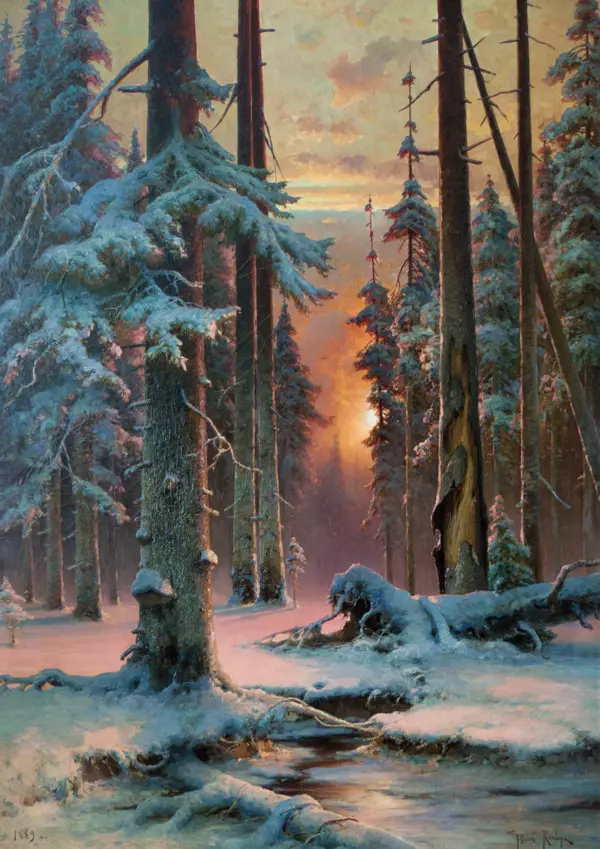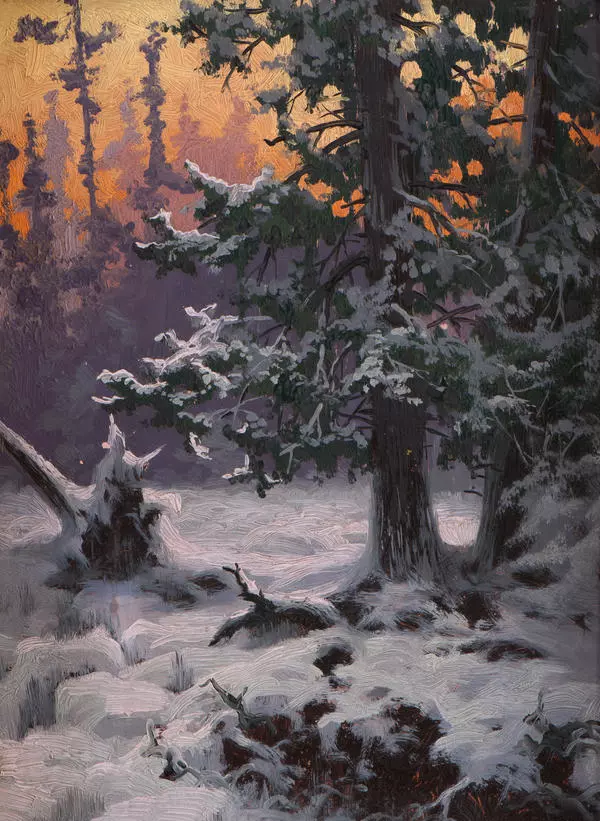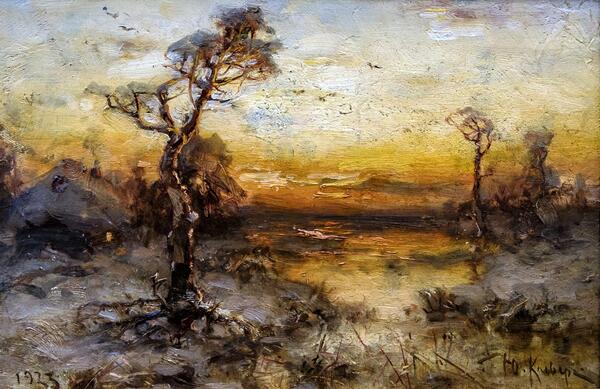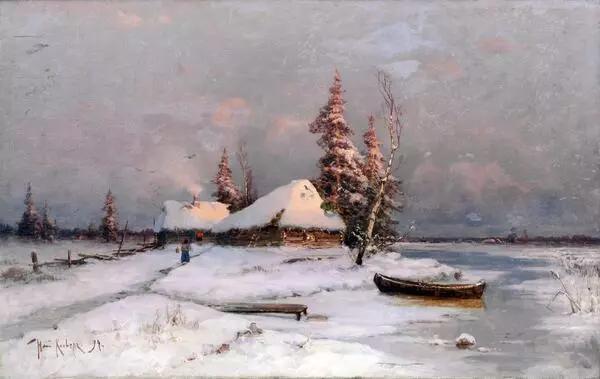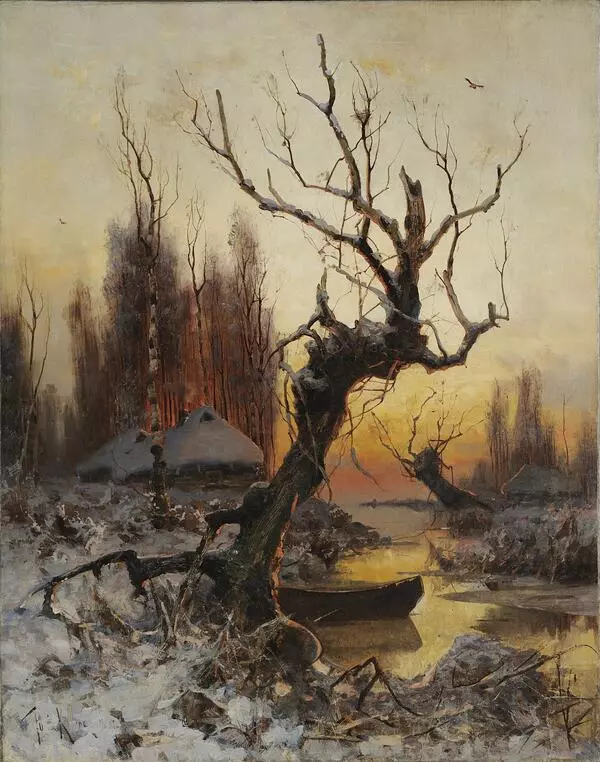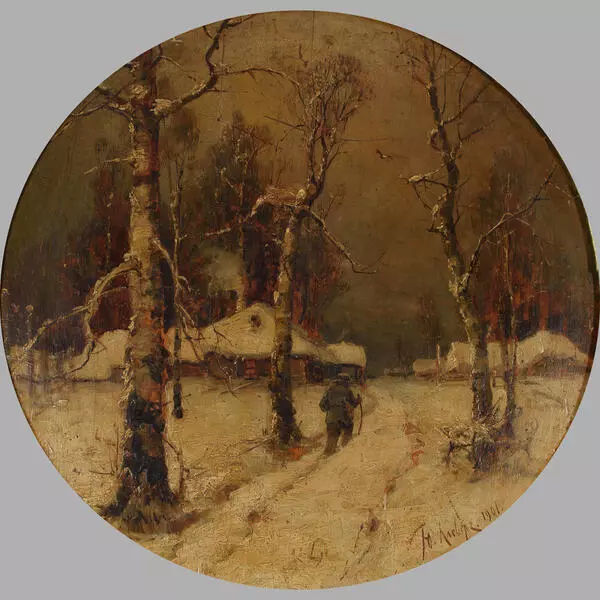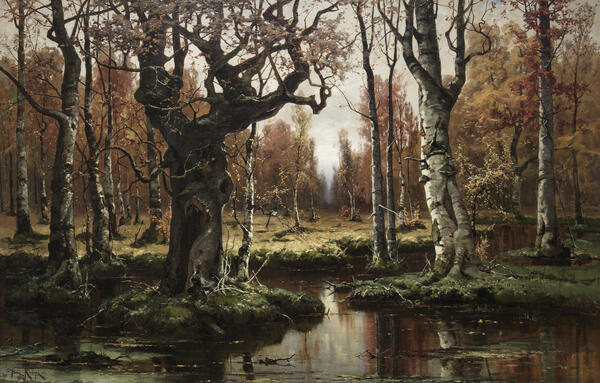Julius von Klever (1882–1942) was a Russian artist, painter, and author of classical still lifes and landscape paintings. He regularly participated in exhibitions in Moscow and St. Petersburg and was a member of the ArkhIp KuIndzhi Society and the Association of Artists.
Julius was born into the family of the famous painter Professor Julius von Klever. He had the same name as his father, a Russian painter of German origin, so the suffix ‘Jr.’ is often used to distinguish them.
Like all von Klever’s children, Julius was naturally talented. The young artist studied in the studio of his father, who at that time was already a famous master painter. Step by step, Julius learned the basics of painting. In 1906–1908, he enrolled in the Munich Academy of Fine Arts to continue his education in Germany. He held a solo exhibition in Moscow in 1910. He taught at the Drawing School in St. Petersburg from 1902 to 1906 and from 1909 to 1917.
His death was tragic: the artist perished during the Siege of Leningrad in 1942.
Julius von Klever’s artistic manner is manifested in his ability to transfer the light and aerial perspective onto the canvas. His compositions are clear and simple, with maximum realism. Julius von Klever Jr. went down in the history of Russian painting as a master of still lifes.
Still life is one of the most popular painting genres. It is also known under the French name ‘nature morte’ (or the Italian name ‘natura morta’), which means ‘dead nature’. A still life is a work of art depicting inanimate objects, as opposed to portrait, genre, historical, and landscape paintings.
Still lifes were use as part of the composition already in ancient Rome, but became an independent genre only in the 17th century through the works of Dutch and Flemish artists.
The painting shown here depicts a bouquet of lilacs in a glass jug, with the flowers in the centre of the canvas. Sunlight gleams on the jug’s edges. Separate flower heads lie on the table in the lower left corner.
The background is neutral, with pronounced brush strokes. The jug in which the bouquet stands is textured.
The sunlight supposedly shines through a curtained window. The reflections on the jug’s glass and the seemingly blurred background create the impression of a sunset light.
Julius was born into the family of the famous painter Professor Julius von Klever. He had the same name as his father, a Russian painter of German origin, so the suffix ‘Jr.’ is often used to distinguish them.
Like all von Klever’s children, Julius was naturally talented. The young artist studied in the studio of his father, who at that time was already a famous master painter. Step by step, Julius learned the basics of painting. In 1906–1908, he enrolled in the Munich Academy of Fine Arts to continue his education in Germany. He held a solo exhibition in Moscow in 1910. He taught at the Drawing School in St. Petersburg from 1902 to 1906 and from 1909 to 1917.
His death was tragic: the artist perished during the Siege of Leningrad in 1942.
Julius von Klever’s artistic manner is manifested in his ability to transfer the light and aerial perspective onto the canvas. His compositions are clear and simple, with maximum realism. Julius von Klever Jr. went down in the history of Russian painting as a master of still lifes.
Still life is one of the most popular painting genres. It is also known under the French name ‘nature morte’ (or the Italian name ‘natura morta’), which means ‘dead nature’. A still life is a work of art depicting inanimate objects, as opposed to portrait, genre, historical, and landscape paintings.
Still lifes were use as part of the composition already in ancient Rome, but became an independent genre only in the 17th century through the works of Dutch and Flemish artists.
The painting shown here depicts a bouquet of lilacs in a glass jug, with the flowers in the centre of the canvas. Sunlight gleams on the jug’s edges. Separate flower heads lie on the table in the lower left corner.
The background is neutral, with pronounced brush strokes. The jug in which the bouquet stands is textured.
The sunlight supposedly shines through a curtained window. The reflections on the jug’s glass and the seemingly blurred background create the impression of a sunset light.


